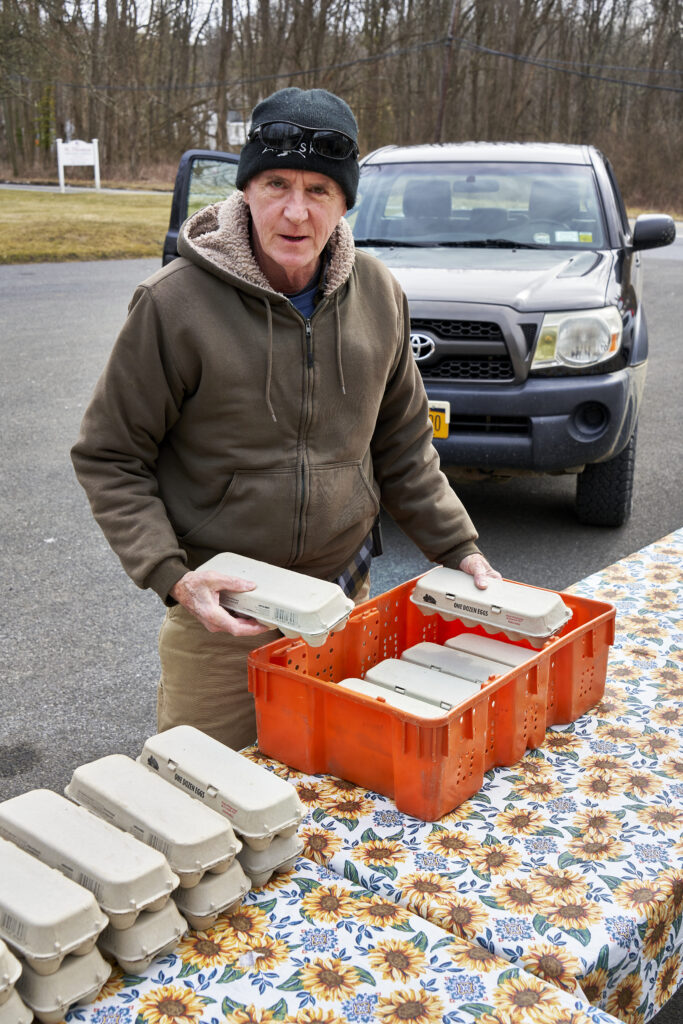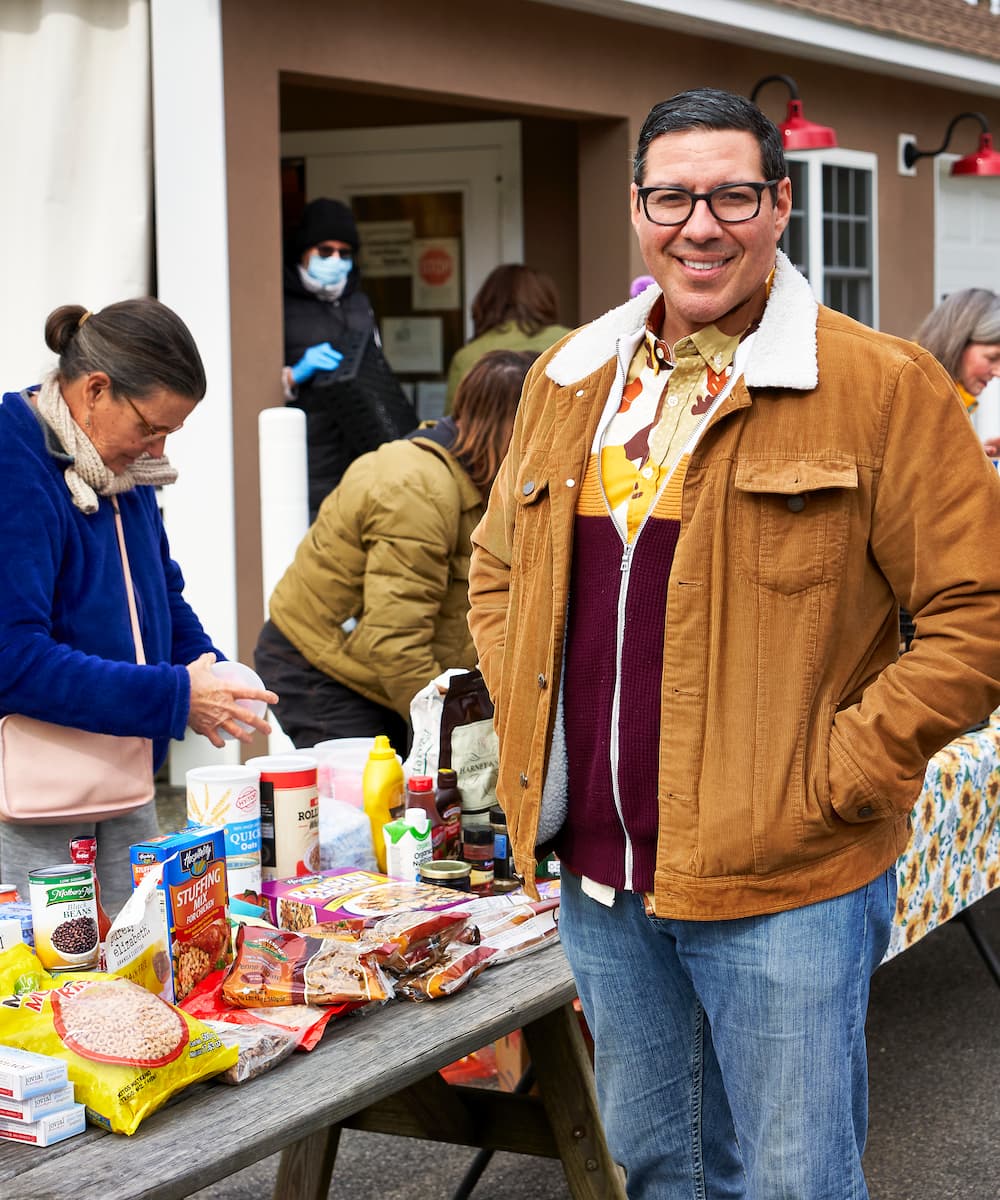Our Community Responds to Food Insecurity
By ML Ball
Photos by: Jim Henkens
Like a coin, there are two sides to every story.
Here in Northeast Dutchess County, there is no lack of fresh, healthy, luscious things to eat. At farmers markets, roadside stalls, grocery stores, and restaurants, food abounds. Yet for thousands of people in our midst, it doesn’t.
Or rather, it does but they can’t afford to buy it.
You may know some of them. The cashier at your corner deli. The housekeeper at the local motel. The guy picking apples or mucking out horse stalls. The hungry among us could be anyone. And their numbers are growing.
What has pushed so many people in our area into food insecurity? According to Danny Hutnick, Manager of the Food of Life/Comida de Vida Food Pantry at St. Thomas Church in Amenia, the reasons are many.

“Most of the people who come to our food pantry are the working poor for whom one circumstance—illness, car repairs, job loss—can swamp their budget and send them into crisis, with not enough money for food. Many of them are employed, but with eggs now costing 8 dollars, butter at seven dollars, milk at six dollars, now you’re at 20 percent of a paycheck.”
There’s another, less obvious reason people can wind up on the edge financially, Hutnick explains. “Say you get a bonus at work. Your government-subsidized housing supplement provider sees that you have more income and now wants another 50 dollars a month. SNAP (Supplemental Nutrition Assistance Program) says you’re making too much, so now your monthly benefit allowance drops from 250 dollars to 210 dollars. Medicaid and Medicare also want a piece of that pie. If your spend-down was 150 dollars a month, now they say you can afford 175 dollars. So you’ve just lost ten to 15 percent of your monthly income. In essence, you’re punished for getting a raise, which has terrible ramifications. We see this with our neighbors who come to the pantry.”

The majority of Food of Life’s patrons (referred to as neighbors by pantry staff and volunteers) come from families who have lived in this area for generations. About 40 percent are new immigrants. At this food pantry alone, the number of people served has doubled in the last three years. In 2019, 9,295 people queued up in their cars to receive food at the Friday distributions. By 2022, that number had risen to 18,180.
The demand has grown so large that last year, the pantry was awarded a grant byThe Foundation for Community Health to build a storage building on St. Thomas’s premises because the amount of food that needs to be stored has outgrown the church parish house.

But where there is hunger, there is also hope. Food insecurity exists throughout our region—Millbrook, Millerton, Amenia, Pine Plains, Dover, Wassaic, Lakeville—but so do real-world responses.
The Food Bank of the Hudson Valley, based in Cornwall-on-Hudson, delivers food to 1,000 member agencies in 23 counties from the Canadian border to the border of Westchester County. (To find a food pantry near you, call the Food Bank at 845-534-5344.) Willow Roots Food Pantry in Pine Plains provides food and other items two Saturdays a month. Stonewood Farm runs the First Harvest Pantry at Lyall Church in Millbrook throughout the growing season, donating a portion of their organic produce. These are not solving the problem but they’re making a dent in it.

As Alex Tibbetts, General Manager of Big Rock Farm Market in Stanfordville, says, “Good food isn’t a privilege just for the wealthy. Everybody should have access to good, local, fresh food.” Indeed.

